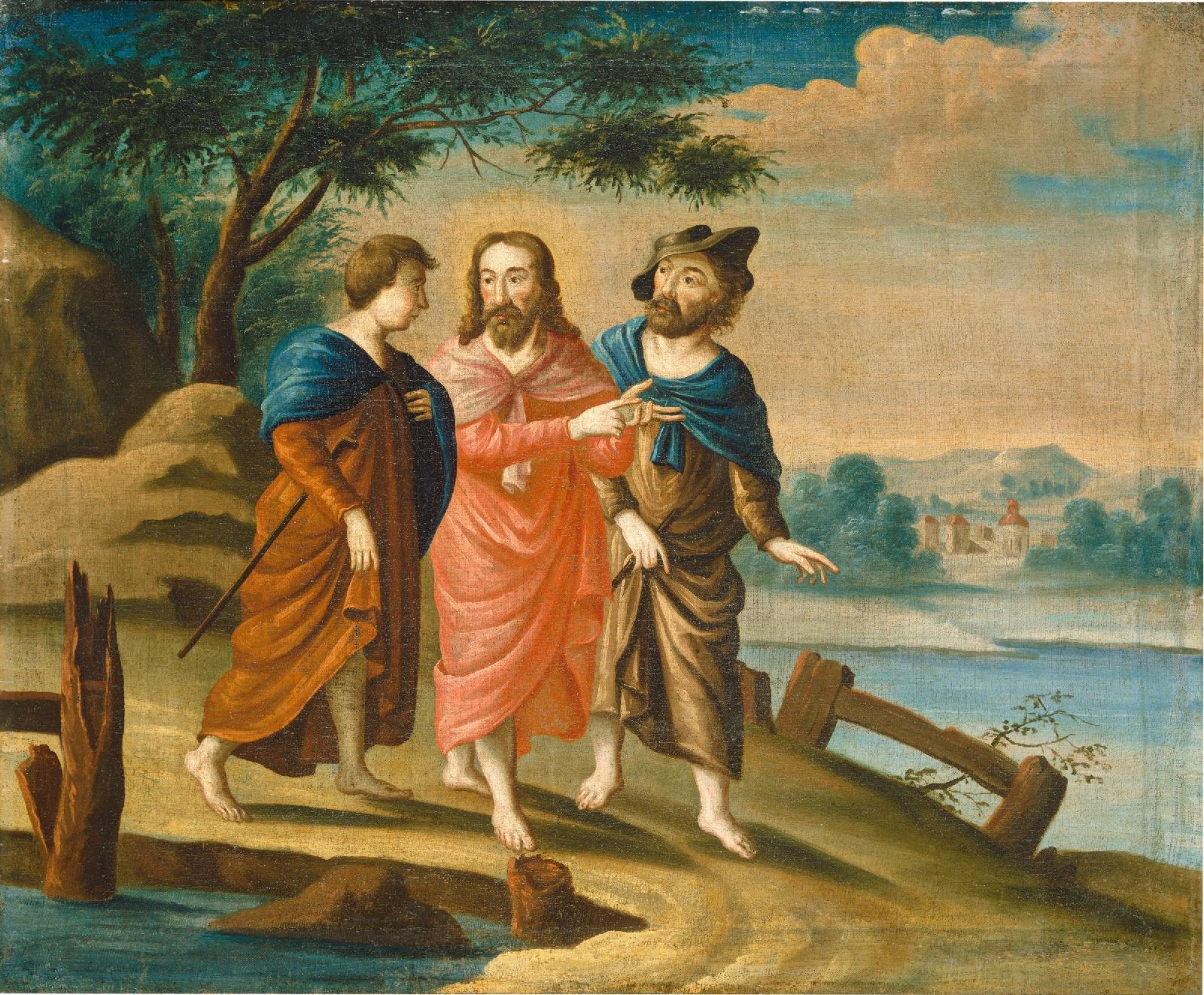It is the Lord!: Seeing Jesus isn’t the same as recognizing him
If there’s one thing we can learn from those who encountered the Risen Lord during the 40 days between his Resurrection and Ascension, it’s this: Seeing Jesus isn’t the same as recognizing him. To Mary Magdalene, distraught at the tomb, Christ looked like the gardener. To the two disillusioned disciples on the road to Emmaus, he was a clueless stranger. To former fishermen returning to Galilee uncertain of what to do next, the Master was just a man hoping to cook breakfast on the shore.
The Gospel accounts are strange — maybe even troubling — to us. When we read or hear these stories at Mass, we can’t help but wonder what in the world was going on. How is it possible that the people who knew Jesus best, those who were among his closest followers, didn’t know him when they saw him?
But before we take a disparaging view of those very first Christians, perhaps there is another question we ought to ask: How many times do we see Jesus and fail to recognize him?
Based on my own experience, I’ll venture to guess that the answer is somewhere between countless and infinite. By faith, I know that Jesus keeps his promises, that he is always with me and that he never abandons me. But if I’m honest, I don’t recognize Christ’s presence with me most days — not even on the days when I go to adoration or Mass.
And yet, the Eucharistic encounter at adoration and Mass can show us how to see Jesus and know that it is Jesus when we see him. The impact of being able to say, “I have seen the Lord” is orders of magnitude greater than simply making a credal statement like “I believe in God” or “I follow Jesus,” or even “I’m Catholic.” It makes us far more convincing witnesses.
The faith formation we all need most can be found at the feet of the Eucharistic Lord. And like those first disciples, we also come to know him in “the breaking of the bread” (Lk 24:35). The “school of the Eucharist,” as it were, teaches us where to look for Jesus; where we are likely to see him at work in our own lives. We see him in presence, sacrifice and communion. We experience God’s presence in creation, in Scripture, in silence, in the presence of others, most especially the poor. We see him in the sacrifices that are made for us, those we value deeply but also those we easily take for granted. And we see him in the community he gathers, those who resonate with us in shared life experience and those who don’t.
I think that’s why St. Mother Teresa of Kolkata (Calcutta) made the daily Mass and holy hour a priority for her Missionaries of Charity. The Eucharist may well have been the secret to how she herself was able to see Jesus in the poorest of the poor. It may also be the source of the prayer Mother so often shared, the one in which she recited the words “You did it to Me” on her fingers.
This much is clear: if we are to become Christ in our world, we must see him there first. That shouldn’t be as difficult as it often seems to us because he is there. In fact, he is everywhere. Christ Jesus is cultivating life among the dead and in all the cemeteries of our lives.
He is walking along with us on the road when we are confused and disappointed. He is explaining to us the truths we thought we understood, calling out to us from the shoreline, and preparing to feed us when we are hungry. He comes to us in shame and isolation, behind the locked doors we are afraid to open. He breathes peace over our souls, forgives our sins and shows us how to forgive one another. And yes, he is with us in the Most Holy Sacrament of the altar. And because he has never left us, because the Eucharist is his body, blood, soul and divinity, we can say with all those who came before us in faith: “I have seen the Lord.”
This column was written by Jaymie Stuart Wolfe, a sinner, Catholic convert, freelance writer and editor, musician, speaker, pet-aholic, wife and mom of eight grown children, loving life in New Orleans.



